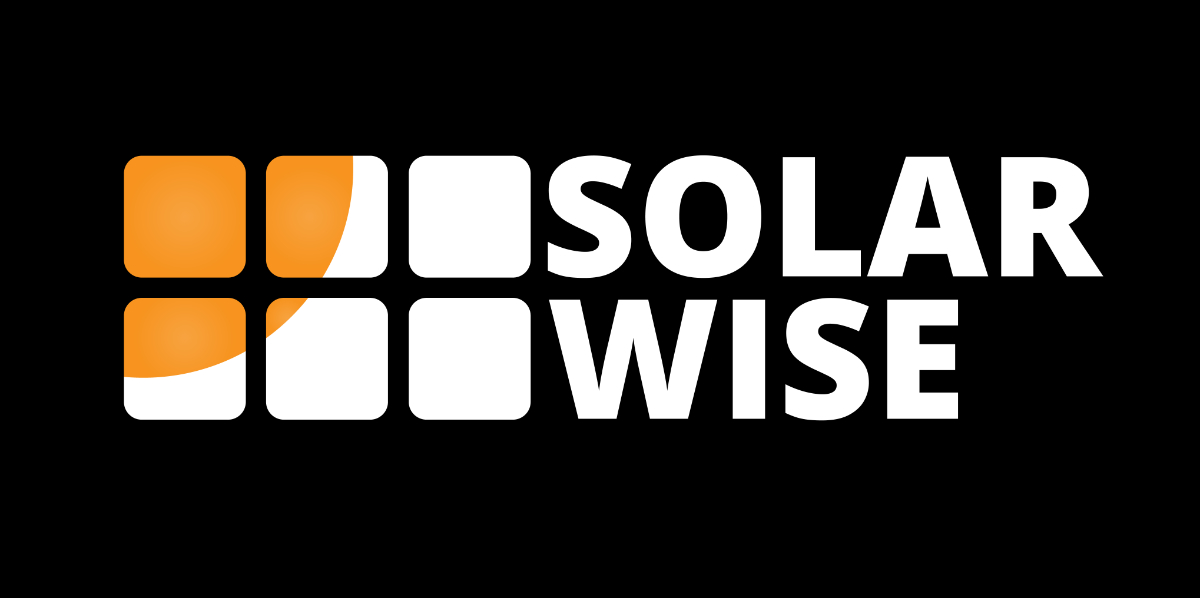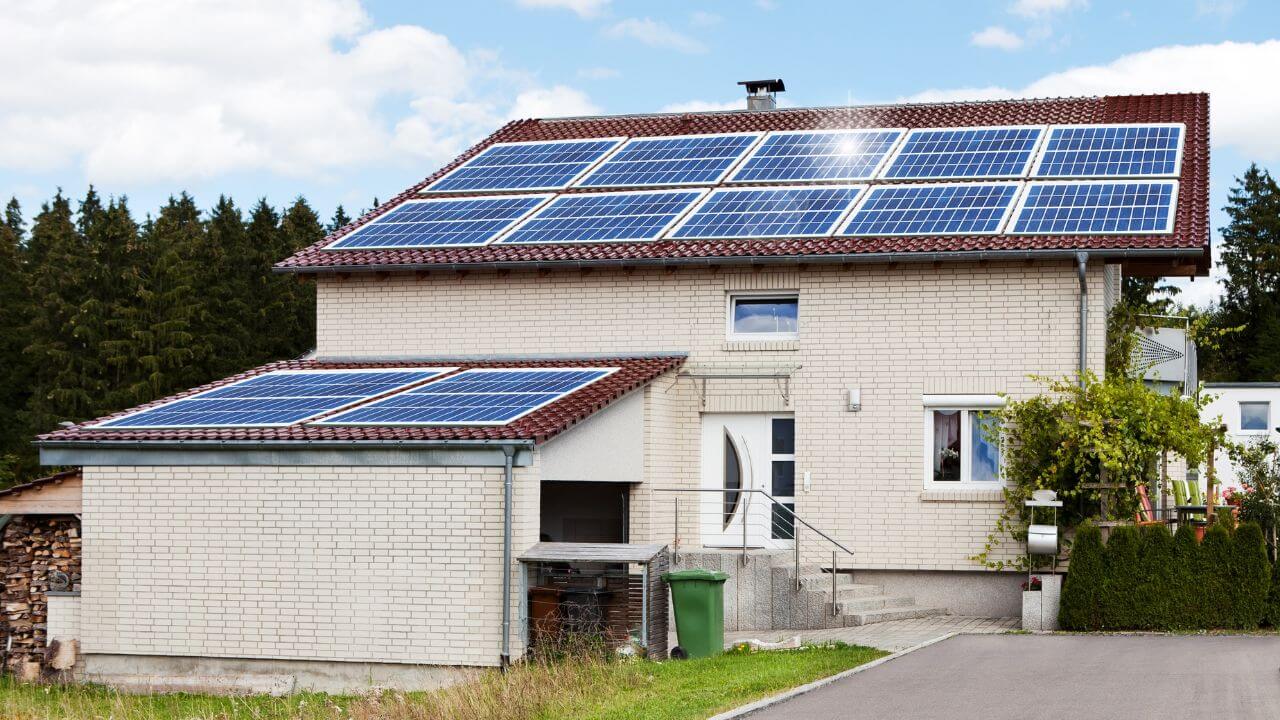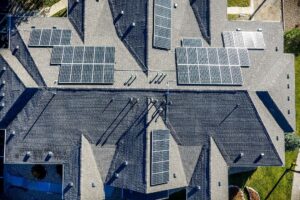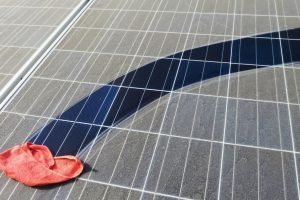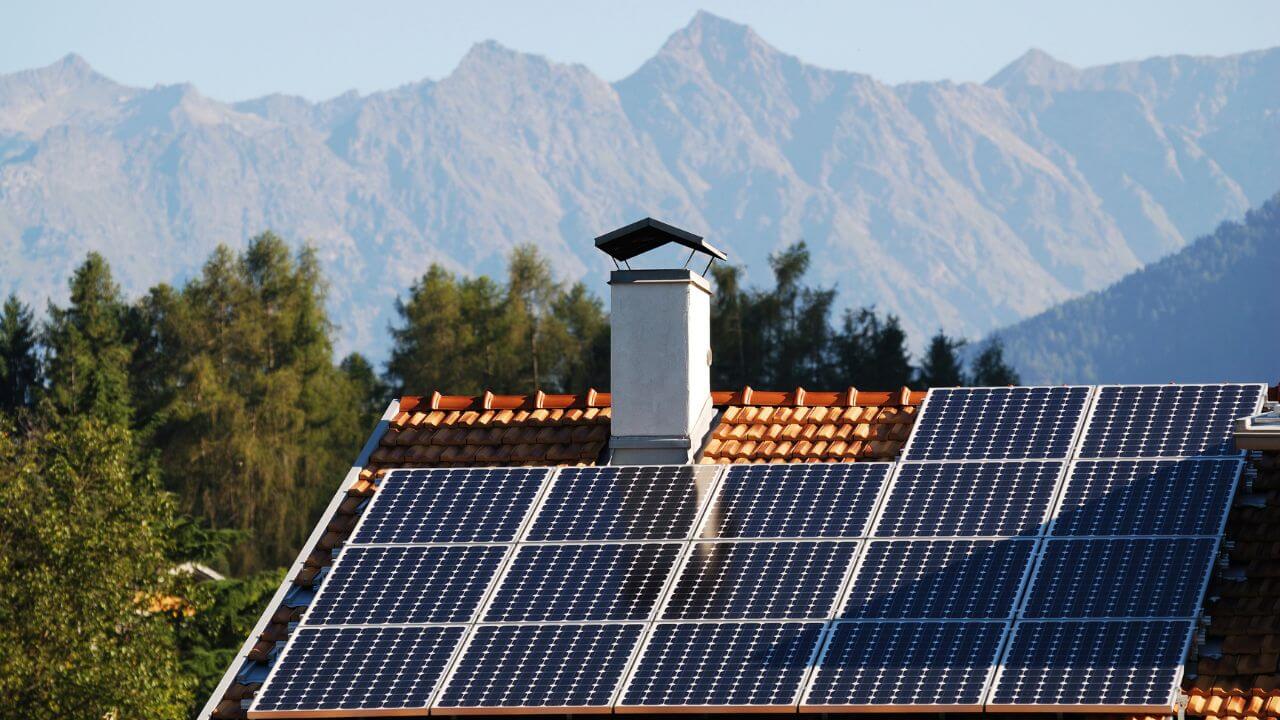Installing solar panels requires a good roof. Solid and stable tops can support solar panels while protecting them from weather elements. Homeowners must ensure their roofs are in good condition before installing solar panels. A damaged or weak roof can cause safety hazards during installation and may result in costly repairs. Regular maintenance of roofs is crucial for ensuring their longevity and ability to support solar panels for years to come.
Assessing the Condition of Your Roof Before Solar Panel Installation
Installing solar panels on your roof is a great way to save money and reduce your carbon footprint. However, examining your roof’s condition is crucial before jumping into the installation process. A pre-installation roof assessment ensures that there are no underlying issues that could cause complications. A professional consultation can help homeowners determine if their roofs are in good condition for solar panel installation. The assessment should include inspecting the roof’s structure, age, and any previous damage. Depending on the roofing material, some roofs may require additional support or reinforcement before solar panels can be installed safely. Having a professional assess your roof before installation can ensure safety and improve the efficiency and longevity of your solar panel system. Homeowners who skip over pre-installation inspections may face unexpected costs and future complications.
Solar Panel Removal and Reinstallation Process
Several steps are involved in this process, which is why you should hire a qualified solar installation company. Disconnecting the solar panels from the wiring system is the first step. This requires turning off the electrical supply and safely removing each panel from its mounting brackets. Once all the panels are removed, they must be carefully transported down from the roof without damaging them. The next step is repairing or replacing damaged roof areas before reinstalling the panels. Reinstalling solar panels involves reversing the removal process by carefully lifting each panel back onto its mounting brackets and connecting it to the wiring system.
Costs Associated with Roof Repair and Solar Panel Reinstallation
Understanding the costs involved when repairing roof damage and replacing missing solar panels can help homeowners plan ahead and anticipate the necessary expenses. These expenditures typically include roof repair, solar panel removal, and reinstallation.
Expenditures involved with roof repairs vary, depending on the damage, the type of material, and labor costs in your area. Expenses range from minor repairs and renovations to complete structural replacements, and the cost can fluctuate accordingly. It’s crucial to shop around for quotes from respectable roofing contractors to obtain affordable prices.
Solar panel removal costs vary depending on factors like the size and complexity of the solar system, roof accessibility, and the solar installation company’s fees. Some companies offer removal and reinstallation packages.
Lastly, reinstallation expenses may include mounting hardware replacement, labor, and permit fees. The complexity of the system and any additional requirements, such as upgrading the electrical system or reinforcing the roof structure, may also affect the overall expense.
Several factors may influence the total roof repair cost and solar panel reinstallation. These include the property’s location, local labor rates, solar panel system size and complexity, the roofing material used, and the extent of the roof damage. Additionally, the choice of solar installation and roofing companies may impact the final costs, so it’s essential to research and obtain multiple quotes to make an informed decision.
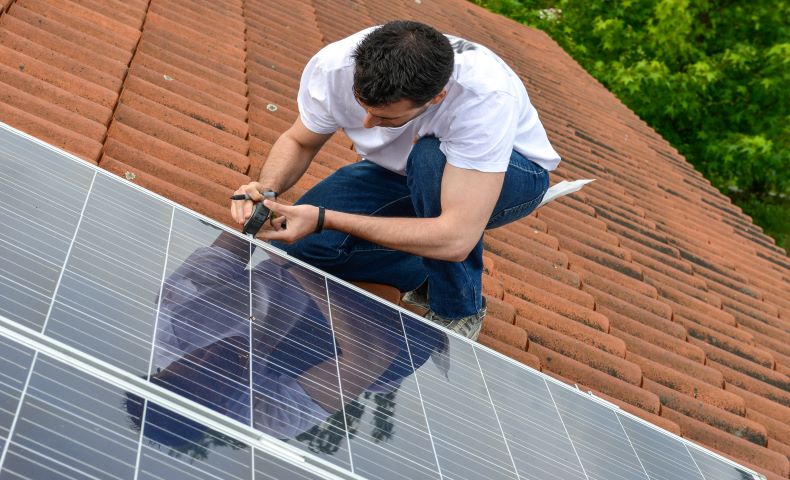
Credit: hahasmart.com
Insurance and Warranty Considerations
Solar panels and roof repairs are two of the most significant investments you can make for home improvement projects. However, accidents happen, and sometimes, these installations can get damaged due to unforeseen circumstances such as harsh weather conditions or human error. This is where insurance policies and warranties come into play. It is essential to understand your coverage for solar panels or roof repairs. In most homeowners’ insurance policies, hailstorms and windstorms are covered. Nevertheless, you should review your policy carefully since some damages may not be covered. The process can vary depending on the insurer and warranty provider when claiming roof repairs or solar panel damage.
Preventative Measures and Regular Maintenance
Regularly maintaining your solar panel system is essential to ensure optimal performance and longevity. Regular maintenance can help you stay away from costly repairs in the future while keeping your home’s energy consumption low. Periodic inspections of the roof and panels can identify potential issues early, enabling prompt maintenance before they become more significant problems. These inspections should be done at least twice a year by an experienced professional who can spot any signs of damage or wear that could negatively impact the efficiency of your solar panel system. In addition to regular inspections, proper care for your solar panels is vital to their longevity.
To sum up
In conclusion, repairing or replacing a roof after installing solar panels might seem daunting, but proper planning and professional assistance can be manageable. You can ensure a smooth process by assessing your roof’s condition before solar panel installation, understanding the costs involved, and being aware of insurance and warranty considerations. Regular roof and solar panel system maintenance is critical to preventing future issues. By staying informed and working with reliable professionals, you can enjoy the benefits of solar energy without compromising your roof’s integrity.
